Feeling apprehensive about grabbing the guillotine and lopping off your dog’s long nails? Does your dog hide at the sight of the clippers and struggle, cry and writhe as you try to pare the nails down without hitting the dreaded quick and causing a bloodbath?
You are not alone. Most dog parents are uncomfortable about cutting dog nails. And� most dogs are uncomfortable about the process too � for good reason.
Our own nail beds � just like a dog’s - are alive with a blood source and nerves. Pinch your nail bed with pliers and feel the pain.
If you use a scissor or guillotine style nail clipper the device applies a significant amount of pressure on the nail before it cuts through � particularly if the blades are not razor sharp. The pressure squeezes the quick � it’s no wonder that many dogs resist the experience and those that have been taught to obediently sit still are enduring pain and discomfort.
The quick is actually a vein inside the nail. We’ve heard the warnings � cut off too much nail and blood spurts - more pain and more stress for both you and your dog.
Your dog is unhappy but the nails must be trimmed regularly. The nails can grow overly long, causing distortion of the foot, the gait, discomfort and the ever present possibility of a ripped or cracked nail which may well require surgical repair.
There is a better, easier, painless and stress less method for perfect dog pedicures � the grinding tool. (Commonly referred to as a Dremel tool developed for carpenters)
Many dogs are touch sensitive to a varying degree and some dogs are finicky about their ears, tails and other body parts, particularly feet.
Before you achieve the perfect pedicure, start slow and desensitize your dog to both the sound of the tool and the ensuing vibration.
Armed with your dog’s favorite treats, start with gentle foot handling, followed with a treat and a �good dog.’ Increase the foot rubs and continue treats and soothing verbal rewards. When you feel your dog is comfortable with the foot messages, raise the bar a bit and turn the grinder on for a few seconds (do not touch the dog with the tool) shut it off and give the dog a treat. Soon, the dog will link the sound of the grinder and the foot handling with treats and verbal rewards.
When the dog is more interested in the treat than the foot handling and the sound of the grinder it’s time to gently place the tool to the very tip of the nail � more treats � and move onto the next nail if the dog does not fuss. If your dog appears uncomfortable � just move back to the point in desensitizing where the dog is comfortable. Stay at that level for a bit more time. Dogs have different comfort levels and some dogs take a little bit more time to desensitize. Go slowly � take small steps.
Once your dog has been desensitized, grind away a small amount of nail every few weeks until the nail is at a manageable length. Move from nail to nail to prevent friction heat. If your dog has long hair take care that the grinding tool does not catch the hair. A piece of cheese cloth slipped onto the foot with just the nail protruding will keep the hair out of the way (Use a snood if your dog has plumy ears).
If you are still uncomfortable about nail grinding, ask someone for help � a groomer, a vet, or a dog handler - experienced with dog nail care and grinding.
Training is a continuous process -- keep the treats coming � especially when your dog least expects one.

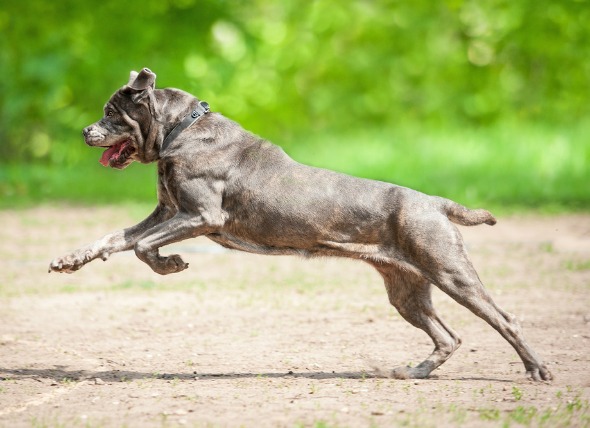 Remedies for Arthritis in Dogs: Glucosamine, Chondroitin Sulfate, Steroids, and NSAIDs
Remedies for Arthritis in Dogs: Glucosamine, Chondroitin Sulfate, Steroids, and NSAIDs
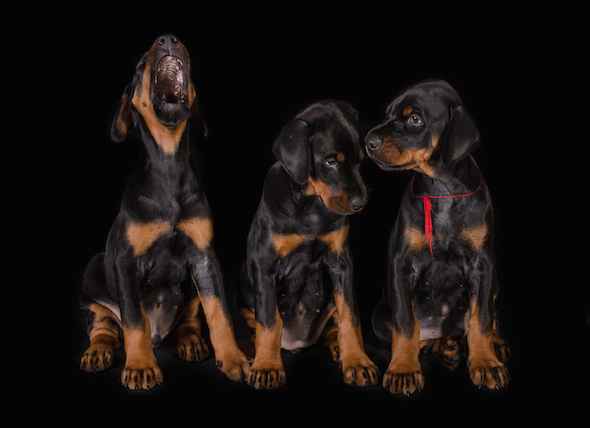 Determining the Best Age at Which to Spay or Neuter a Dog: An Evidenced-Based Analysis
Determining the Best Age at Which to Spay or Neuter a Dog: An Evidenced-Based Analysis
 Kidney Failure in Dogs
Kidney Failure in Dogs
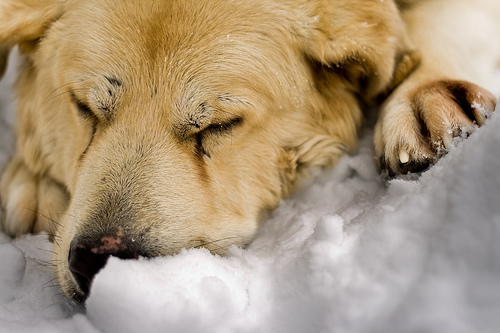 How to Alleviate Arthritic Pain During the Winter
How to Alleviate Arthritic Pain During the Winter
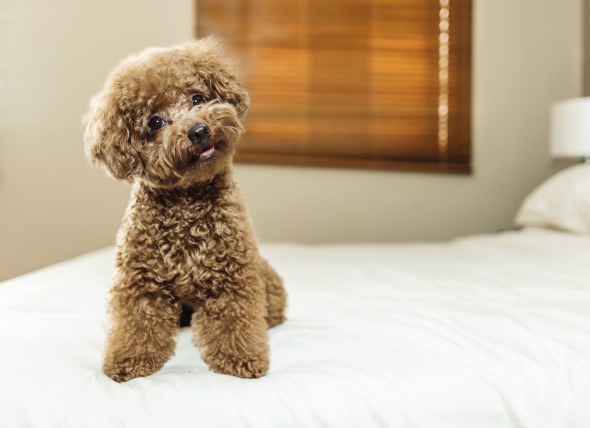 The Hype of Hypoallergenic Pets
The Hype of Hypoallergenic Pets
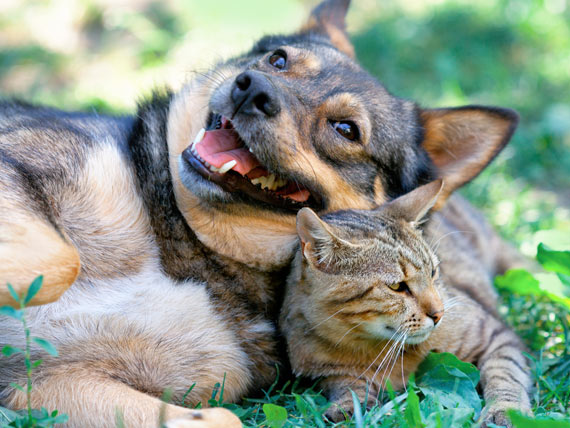 6 Ways to Go Natural With Your Pet
6 Ways to Go Natural With Your Pet
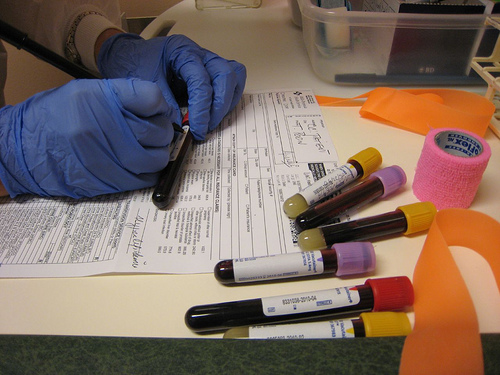 Reading the Blood Chemistry Panel: An Art and Science
Ever wonder what are the normal values for
Reading the Blood Chemistry Panel: An Art and Science
Ever wonder what are the normal values for
 Therapeutic Services for Dogs (and Cats)
You know there are physical therapy center
Therapeutic Services for Dogs (and Cats)
You know there are physical therapy center
 Determining the Best Age at Which to Spay or Neuter a Dog: An Evidenced-Based Analysis
When Should You Get Your Dog Spayed or Neutered?
&
Determining the Best Age at Which to Spay or Neuter a Dog: An Evidenced-Based Analysis
When Should You Get Your Dog Spayed or Neutered?
&
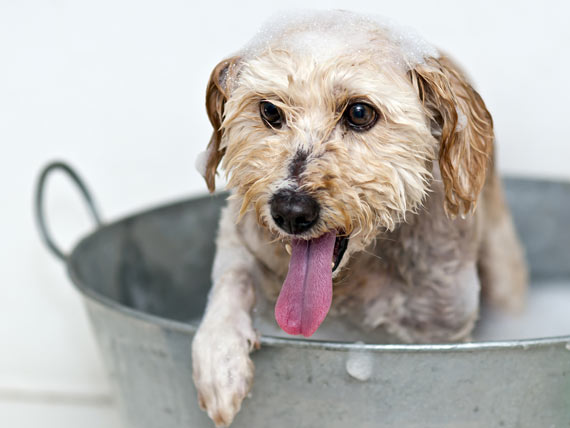 How Natural Flea and Tick Repellants Work
Herbs and essential oils have been used to repel insects
How Natural Flea and Tick Repellants Work
Herbs and essential oils have been used to repel insects
 6 Signs it’s Time to Change Your Dog’s Food
Choosing a dog food can be a painstaking process —
6 Signs it’s Time to Change Your Dog’s Food
Choosing a dog food can be a painstaking process —